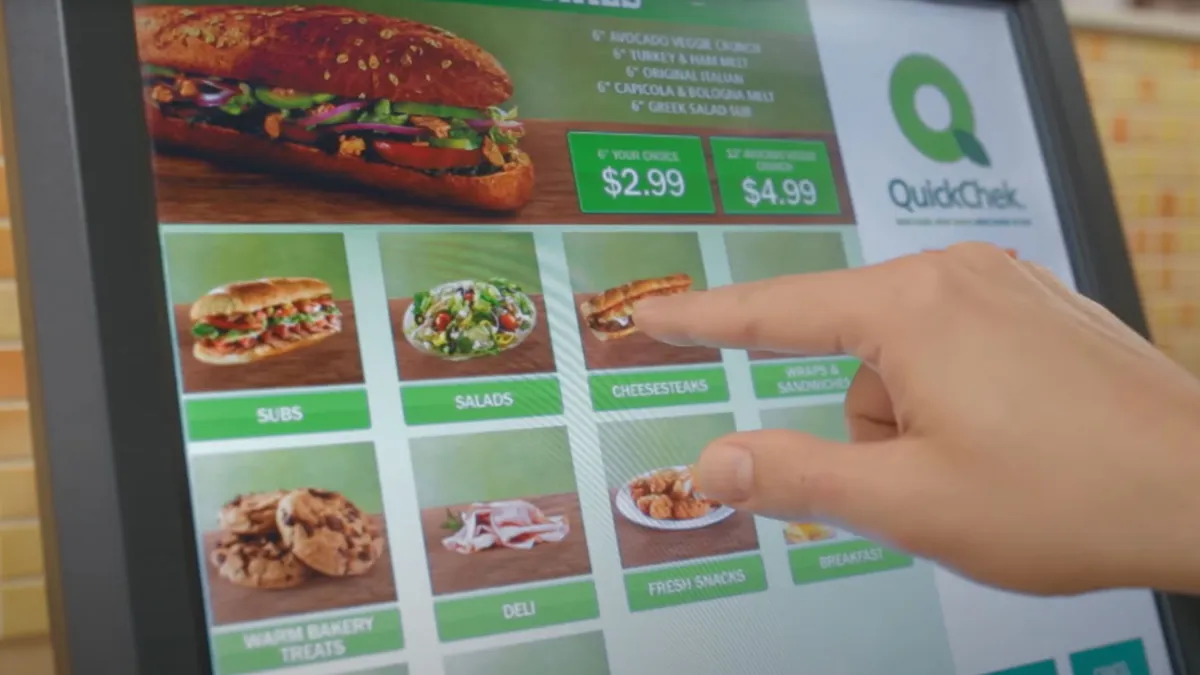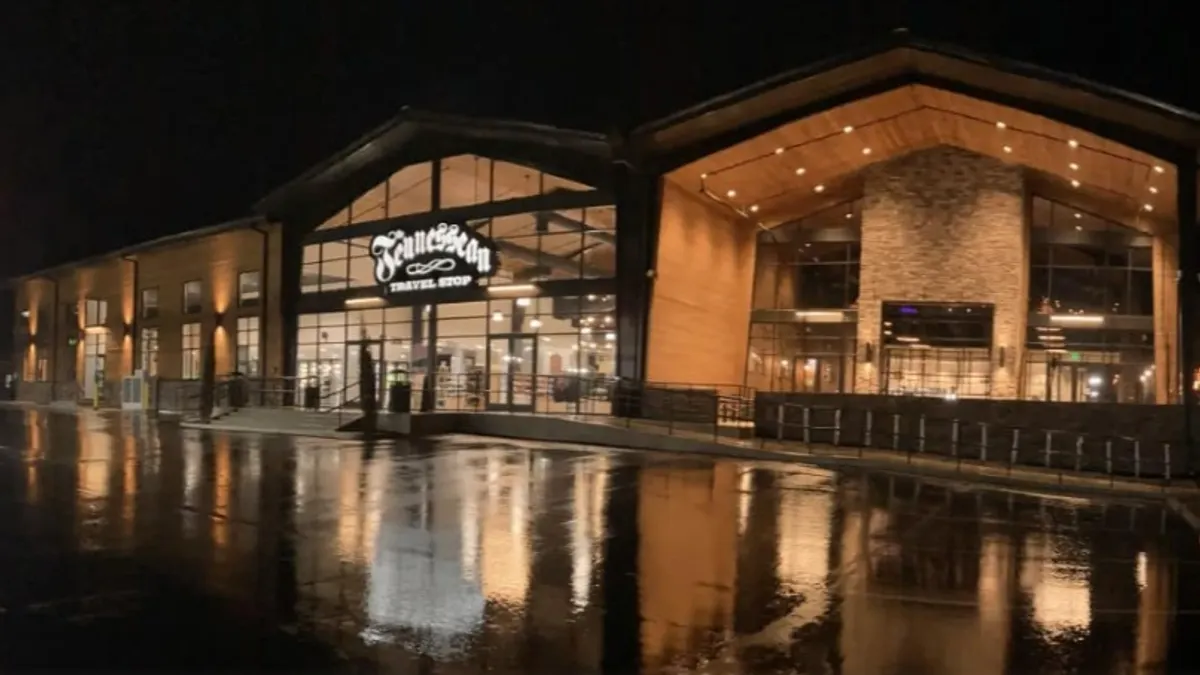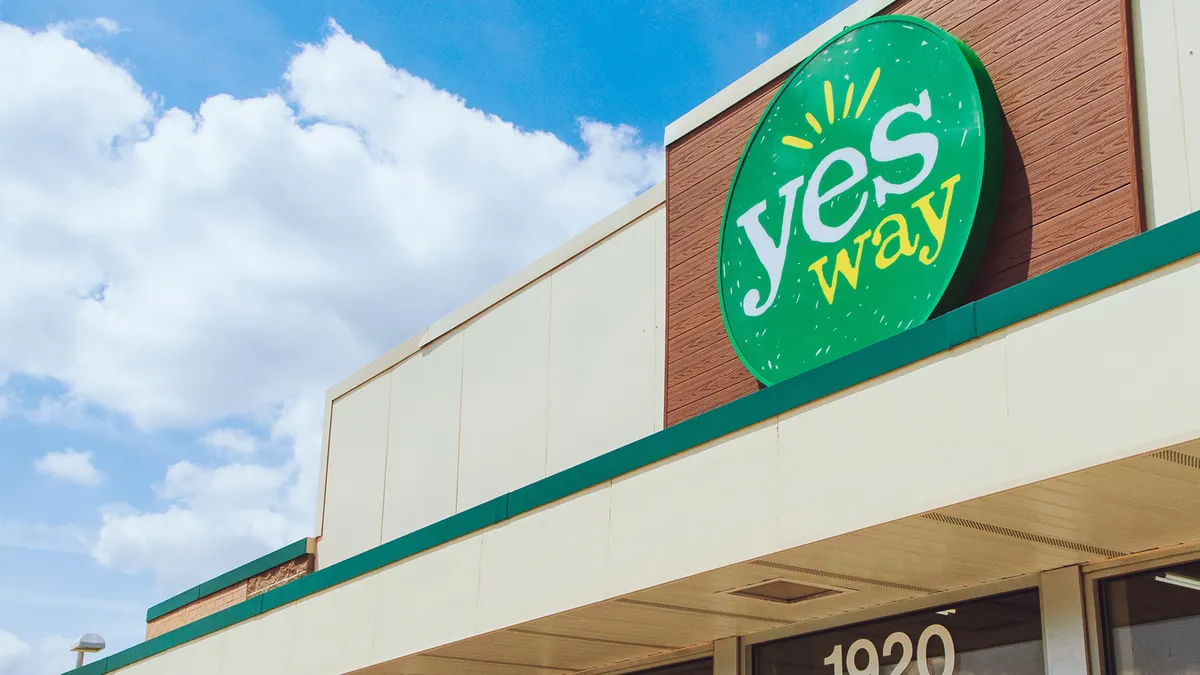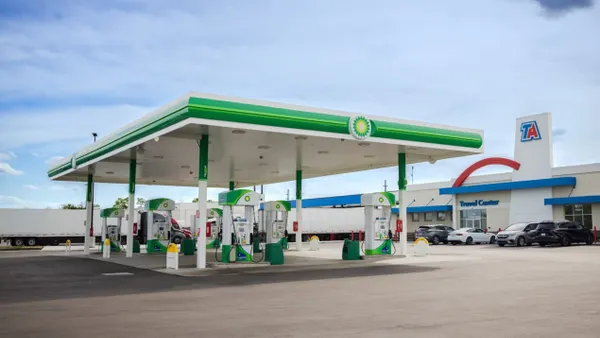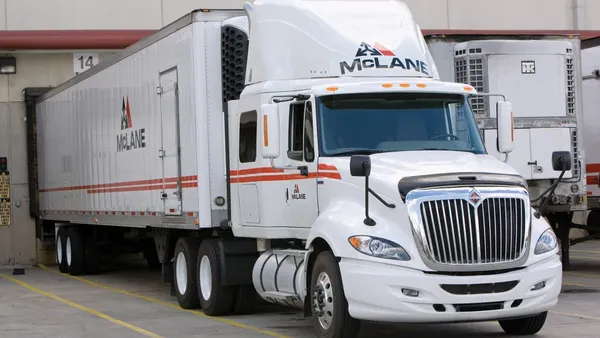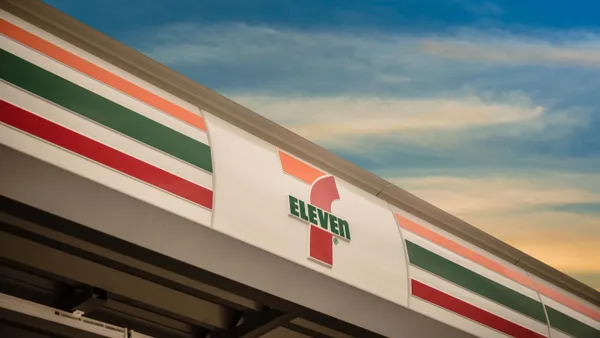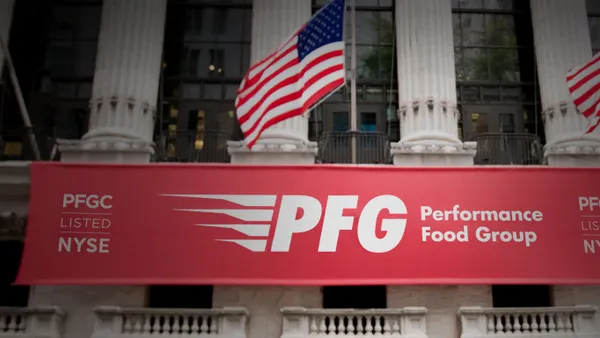Tom Cook is a principal with King-Casey, a restaurant and foodservice business improvement firm that works with c-stores, QSRs and fast-casual restaurants. He has worked with brands like Kum & Go, Pilot and CEFCO.
The key to optimizing convenience store foodservice sales and profits is maximizing customer throughput. Our analysis of many menu communications projects has confirmed that reduced order times equate to increased sales and profitability.
Consider this: A 10-second improvement in order times may not sound like much, it can have a big impact on customer throughput.

A convenience store with a throughput of 30 foodservice customers per hour — one every two minutes — can increase to 33 customers per hour if order times are improved by just 10 seconds. This results in a throughput of 30 more customers per day, based on a 10-hour day. Assuming a $10 average check, this translates to incremental annual sales of over $100,000 per store.
How’s that for an improvement to your bottom line?
There are a few ways to accomplish this outcome. Back-of-house improvements such as menu simplification, kitchen efficiency, equipment upgrades and technology can help. Additionally, retailers can update their front-of-house solutions.
A fast, cost-efficient way of reducing customer order times is to improve menu communications. This includes optimizing menu boards, kiosks, mobile apps, websites and path-to-purchase communications along the entire customer journey. Such improvements can increase the average check, communicate value, reinforce brand positioning and make menus faster and easier for customers to navigate.
For retailers looking to improve menu communications, here are four ways to get started.
4 ways to improve the clarity of your communications
- Identify opportunities. What are the issues with your current menu communications? This is where customer research is crucial. Conduct an attitude and usage study to learn from your customers where the problems are. How do they use and react to your menu communications? What do they have trouble understanding, and why?
- Simplify the menu. This also can improve customer ease and speed of ordering. In this case, a total unduplicated reach and frequency analysis can be particularly useful. This analysis can identify how your current lineup can be streamlined without negatively impacting customer satisfaction.
- Improve ease of navigation. Thinking like a customer will help you speed up navigation. Is the design in sync with how customers place an order? Consider the logical sequence of how to order a meal: First, what do I want to eat? Then, what sides should I consider? What beverage shall I have? An optimized layout must take all these matters into consideration and make the process as intuitive as possible.
- Leverage the menu’s “hot-spots.” These places are where customers tend to look first and most frequently, and they vary depending upon the menu vehicle, such as whether it’s on the interior or if it’s the drive-thru menu board. Your highest-priority menu categories should appear in hot-spots, so customers can find them quickly. In addition, consider placing menu items within categories in descending order of sales, with the items that are ordered most frequently at the top where they can be found faster.

